01405 815280
What is Preventative Dentistry
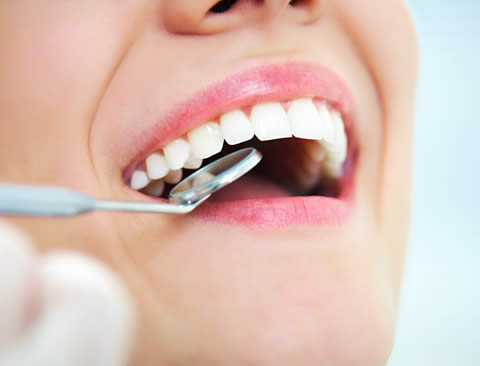
Preventive dentistry is the modern way of helping you keep a healthy mouth. It helps you to keep your teeth, and means you need to have less dental treatment.
The two main causes of tooth loss are decay and gum disease. The better you prevent or deal with these two problems, the more chance you will have of keeping your teeth for life.
When the dental team and patient work together, this can help to prevent the need for treatment - especially fillings and extractions.
Your dental team may recommend a course of treatment to get your mouth into good condition, and then work out a ‘maintenance plan' to help you keep it that way.
Dental Hygiene

Dental hygienists are specially trained to work as part of the dental team, to give care to patients.
They play an important part in dental health care and are mainly concerned with preventive dental health and treating gum disease - showing you correct home care and helping to keep your teeth and gums healthy.
The hygienist's main work is to prevent and treat gum disease. This includes professionally cleaning your teeth by removing plaque and tartar (usually called a ‘scale and polish' or a prophylaxis). However, perhaps their most important role is showing you the best way to keep your teeth free of plaque. Plaque is a sticky coating that forms constantly on your teeth. Hygienists also give advice about diet and about preventing tooth decay.
The hygienist will work with your dental team to give you care that is tailored to your needs.
Cosmetic Dental Treatments
As well as providing general dentistry at the Southfield Dental Practice we also offer a variety of cosmetic dental treatments. Don’t hesitate to ask your dentist what they can do to improve your smile.
Boutique Teeth Whitening
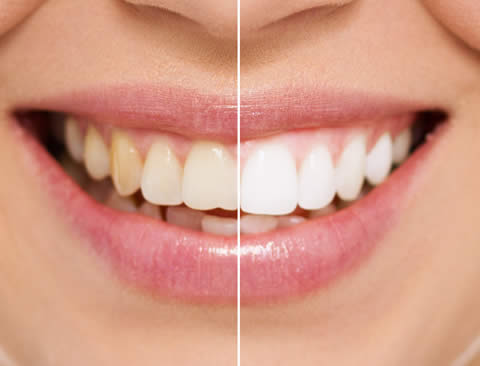
Boutique whitening is a successful and simple method of brightening your smile and after one course of whitening most patients’ teeth will lighten by a minimum of 6 shades.
First of all we take impressions of your teeth to make your bespoke home whitening trays and then show you how to place hydrogen peroxide gel inside the trays.
As we use the very latest whitening systems you only have to wear your trays for 60 to 90 minutes each day and will notice the lightening effect on your teeth after only a few days.
Tooth whitening is most effective on mild to moderately discoloured teeth but all shades of teeth will become lighter from the process. See more here Boutique Whitening.
See how Boutique Whitening at Southfield Dental can give you the smile you deserve!
Composite Bonding
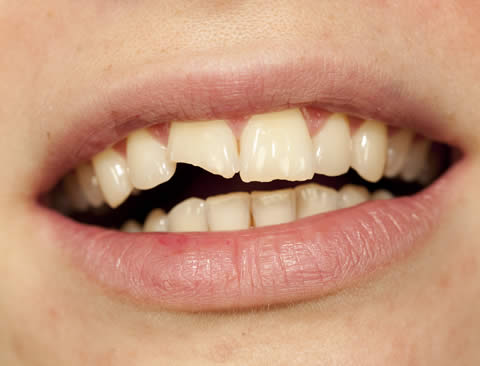
Composite Bonding involves the use of a tooth coloured filling material to alter the shape or contour of your teeth. Composite (white filling material) also produces great results when repairing a fracture or decay in your existing teeth.
Bonding involves no or only minimal removal of healthy tooth structure and is one of the most conservative Cosmetic Dentistry treatments available. It can usually be completed within just one visit.
This treatment can be used as an alternative to Porcelain Veneers.
Smilelign Teeth Straightening - Clear Aligners
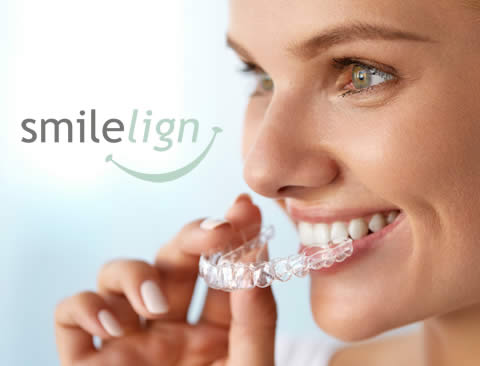
Here at Southfield Dental we are very pleased to offer the latest teeth straightening solutions.
The Smilelign system uses clear aligners to gently move your teeth to the desired position, comfortably and discreetly.
Smilelign has a number of benefits over traditional teeth straightening methods which use wires and brackets. The main ones are:
1) - very discreet to wear. The aligners are made from clear, medical grade plastic which is hardly visible. Your friends and family will hardly notice you are wearing braces!
2) - the aligners can be removed when eating meals and when cleaning your teeth so are very hygienic
Please call our team to arrange your consultation!
Porcelain Veneers
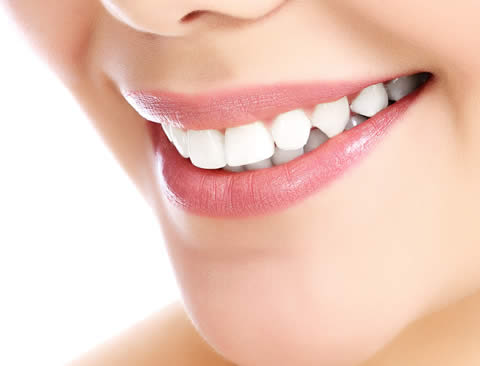
Porcelain veneers can be used to alter the cosmetic appearance of teeth and in many cases they can be provided without any tooth preparation (see images to the right).
Veneers can help improve the shape, spacing and position of teeth, as well as restore the colour. In some cases of mild crowding veneers can be used as an alternative to orthodontic treatment.
On the first visit we will take an impression to send to our laboratory and if required we will remove an extremely thin layer of enamel from your teeth. Once the veneers are made we will bond them to your natural teeth, providing you with a great smile in only 2 appointments.
Porcelain Crowns
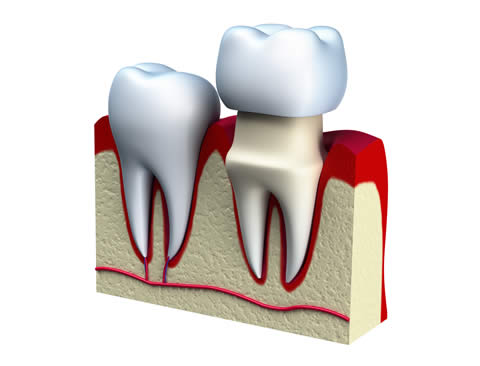
Sometimes it's not possible to bond veneers to your teeth - usually because there is not enough tooth structure left. In these cases we can use cosmetic porcelain crowns to disguise heavily filled teeth or to replace existing crowns that have a poor appearance.
All ceramic crowns are now strong enough to be used in all areas of the mouth and produce a much more natural appearance than traditional white crowns, where the porcelain is bonded to a grey metal substructure.
I have missing teeth, what are my options?
First of all don’t panic as there are several ways of filling those gaps.
Solutions to replace a gap due to missing teeth include a partial denture, a dental bridge or a dental implant.
Partial Dentures
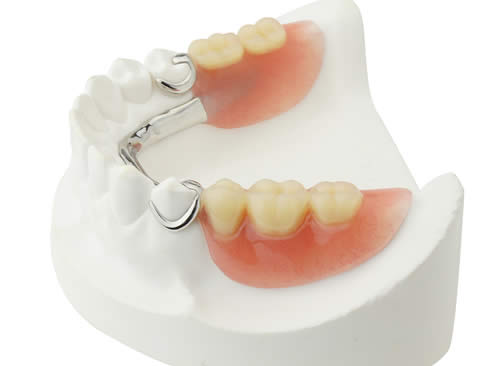
This is a false tooth that is mounted on a plate and sits in your mouth to fill the one or more gaps. They can look extremely natural and are made of rigid acrylic, flexible acrylic or a metal bar framework.
A denture is removable and should be kept clean and removed at night.
Generally no tooth reduction is required as the denture fits around your natural teeth.
Dental Bridge
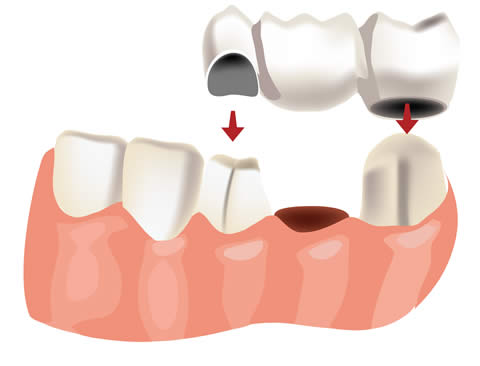
A fixed bridge takes its strength from the teeth next to the gap. These anchor teeth (retainers) are joined to the false tooth (pontic) that sits in the gap. Modern ceramics are now strong enough to construct multi unit fixed bridges without any need for metal and so providing a much more natural appearance than traditional metal bonded to porcelain bridges.
A dental bridge is cemented onto the teeth and is not removable. The anchor teeth usually need reducing in size to allow the placement of the bridge and this can sometimes cause the anchor tooth to devitalize in which case a root treatment is necessary.
A Maryland bridge is a more conservative bridge where a false tooth is fixed in the gap by metal wings that bond to the inside surface of the adjacent teeth. These bridges involve very minimal tooth reduction but can occasionally debond and are only suitable in certain situations.
Dental Implants
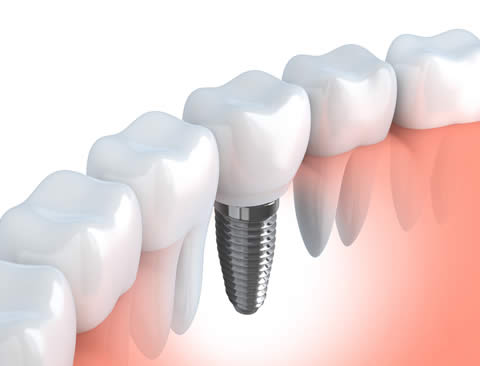
A dental implant is a replacement for the root portion of your tooth and it provides a long-term solution for the replacement of a missing tooth that does not rely on the adjacent teeth.
The treatment is usually carried out in two stages, with the implant first placed into a hole drilled into the jawbone and then left to heal for a period of up to six months. The second stage involves placing a crown or bridge on the implant once it has fully integrated with the bone.
At the southfield dental practice we currently refer you to our partner clinic for implant assessments and placement.



